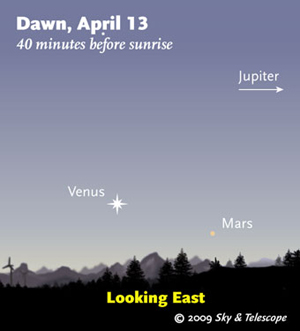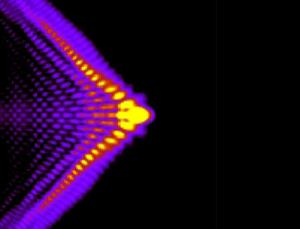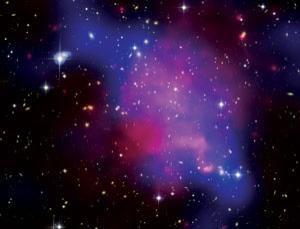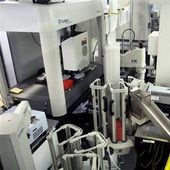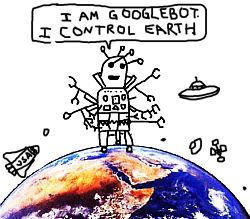
© Wired
Universal Music Group and Google are now partners in the music-video business.
The largest of the four top recording companies and YouTube's parent company announced on Thursday that they are working together on Vevo, a new music and video entertainment service set to launch later this year. YouTube will handle the technology while Universal Music supplies the content. The two companies will share ad revenue.
The companies said and at this point it appears that Universal's content and artists will be the only label represented on the site. However, Doug Morris, Universal Music's chief executive, said in a conference call with the media that he is in negotiations with other top record labels and is confident they will join.
Google CEO Eric Schmidt said on the same conference call that YouTube and Universal Music have renewed their existing licensing agreement. YouTube will continue to be licensed to allow visitors to use songs from Universal Music. Professionally made videos from the label will only appear on Vevo, the companies said.
This is the first time that YouTube has launched a satellite Web site, Schmidt said but he added that he hopes there will be more.
